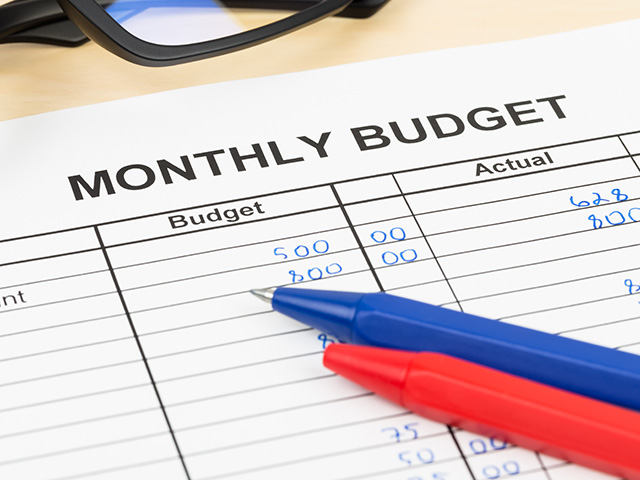Personal budgeting is an essential skill that everyone should master. It’s the cornerstone of financial stability and success. Whether you’re saving for a dream vacation, planning for retirement, or just trying to make ends meet, a well-structured budget can help you achieve your financial goals. In this comprehensive guide, we will delve into the basics of personal budgeting, providing you with a step-by-step approach to take control of your finances.
What Is Personal Budgeting?
At its core, personal budgeting is the process of managing your income and expenses in a way that ensures you live within your means while working towards your financial objectives. It’s a roadmap that empowers you to allocate your money wisely, avoid debt, and save for the future.
Step 1: Assess Your Current Financial Situation
The first step in personal budgeting is to take a close look at your current financial situation. This involves calculating your total income and expenses. Start by listing all your sources of income, such as your salary, rental income, or any side gigs. Then, make a comprehensive list of all your monthly expenses, which can include rent or mortgage, utilities, groceries, transportation, and entertainment.
Step 2: Set Clear Financial Goals
Before you can create an effective budget, you need to define your financial goals. These can be short-term, like paying off credit card debt, or long-term, like saving for a down payment on a house or funding your child’s education. Your goals will guide your budget and give you a sense of purpose in your financial journey.
Step 3: Create a Budget
Now that you have a clear picture of your financial situation and your goals, it’s time to create a budget. Start by categorizing your expenses into fixed and variable categories. Fixed expenses are those that remain relatively constant each month, like your rent or mortgage. Variable expenses fluctuate, such as dining out or entertainment.
Allocate a specific amount of your income to each expense category. Ensure that your total expenses are less than your total income, leaving room for savings and emergencies.
Step 4: Track Your Spending
Creating a budget is just the first step; the real challenge is sticking to it. To ensure your success, track your spending regularly. There are various tools and apps available that can help you monitor your expenses and make adjustments as needed.
Step 5: Make Necessary Adjustments
Life is unpredictable, and your financial situation can change. Be prepared to make adjustments to your budget when necessary. If you find yourself consistently overspending in one category, consider cutting back in another to balance your budget.

Step 6: Build an Emergency Fund
One of the most critical aspects of personal budgeting is building an emergency fund. This fund acts as a financial safety net, allowing you to cover unexpected expenses without going into debt. Aim to save at least three to six months’ worth of living expenses in your emergency fund.
Step 7: Save and Invest
Once you have your budget under control and an emergency fund in place, it’s time to focus on your savings and investments. Allocate a portion of your income to a savings account and consider investing in long-term assets like stocks, bonds, or retirement accounts.
Step 8: Review and Adjust Periodically
Personal budgeting is not a one-and-done task. It’s an ongoing process that requires regular review and adjustments. Set aside time each month to assess your progress, update your budget, and ensure you’re on track to meet your financial goals.
Conclusion
In conclusion, personal budgeting is a fundamental skill for financial success. It empowers individuals to take control of their finances, achieve their goals, and secure their financial future. By following this step-by-step guide, you can master the basics of personal budgeting and pave the way for a financially secure and prosperous life. Come and visit Berkshire Dir to get more important information about budgeting.




